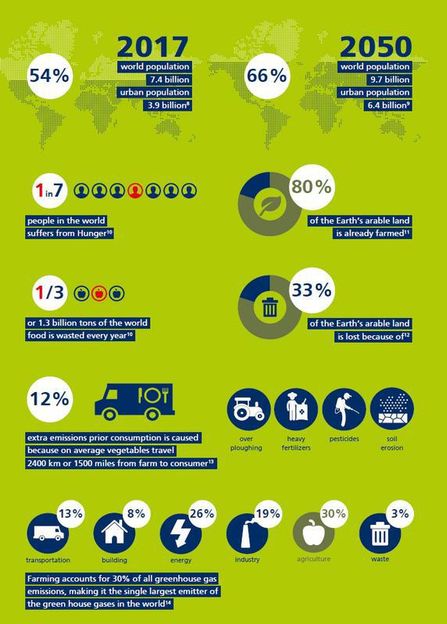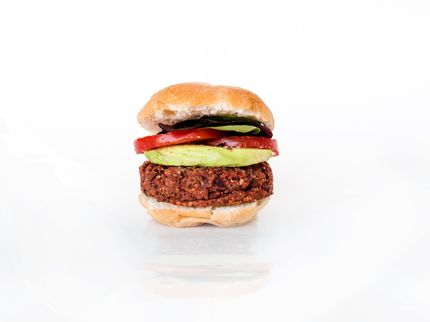Food for the city – from the city
Fraunhofer IAO publishes study on urban farming
Advertisement
Whereas the number of people living in cities worldwide is continually growing, the already scarce area used for growing food and resources has been steadily shrinking. This disparity, however, can be partly bridged by urban farming, the practice of growing food in cities and urban areas. Fraunhofer IAO has published a study investigating how cities could benefit from locally grown food and resources, looking at indoor plant and microalgae cultivation.
Safeguarding the long-term supply of food and resources to urban areas is a growing challenge – particularly in densely populated cities with limited access to surrounding agricultural land. Furthermore, intensive farming practices and heavy use of chemicals are putting increasing pressure on natural resources and land. In this context, several initiatives are working on pilot projects to develop innovative cultivation methods and technologies and bring the production of food and resources back to where they are consumed. Conducted by the Fraunhofer Institute for Industrial Engineering IAO as part of the Morgenstadt initiative, the new study examines existing initiatives and demonstration projects concerning technologies for cultivating food and microalgae in cities and highlights their potential for both municipalities and companies.
Urban farming – a long-term phenomenon
The study focuses on indoor plant production and microalgae cultivation, looking specifically at artificial lighting technologies, sensor technology and automated processes; the environmental impacts associated with the use of renewable energy, pesticides and land resources; economic factors such as initial investment and operating costs, as well as currently used financing models and social considerations, such as the provision of new jobs and vocational training. The study also examines the challenges and objectives of existing initiatives and general market trends in both segments.
Urban farming: the path toward more sustainable and future-oriented urban development
Urban farming is expected to grow in cities of heavily urbanized countries with limited surrounding agricultural areas, such as Japan or Singapore, and in countries suffering from high levels of air pollution and soil depletion. By 2050, more than 66 percent of the world’s population, approximately 6 billion people, will live in cities – making it ever more difficult to provide food to all. To address this challenge, more resources are required, along with greater investment in urban farming and food production, the development and testing of alternative financing strategies, interdisciplinary training, and targeted research and development.
Urban farming and closed resource cycles are not short-term phenomena, which is why holistic, locally adapted and sustainable system solutions are essential. The Urban Farming study (in English) presents an overview of current developments and trends, providing interested cities and companies with initial insights into this rapidly growing and changing sector. This manual is also a source of information for scientists and decision-makers working towards the development of autonomous, integrated and sustainable urban food and resource systems.

Infographic on major food challenges and global trends
Fraunhofer IAO





















































